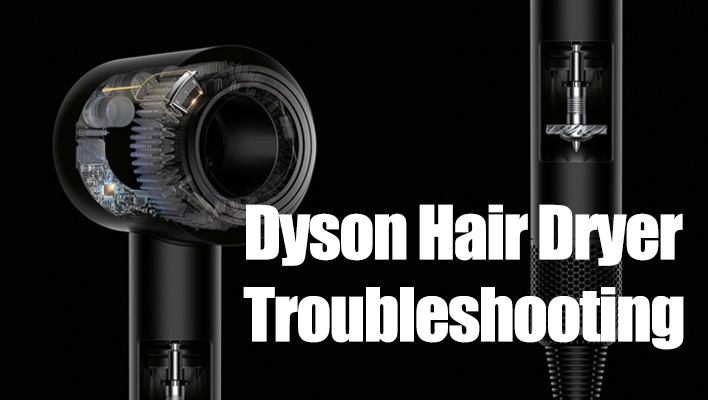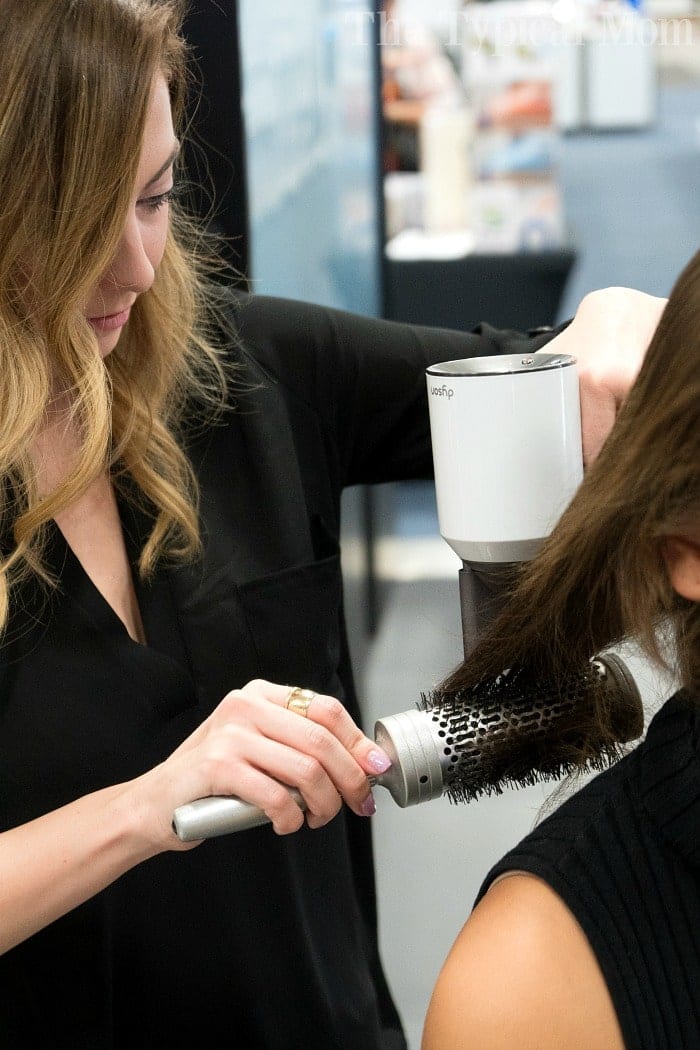Table Of Content

For instance, plaits represented unity and harmony within each tribe’s community in addition to being a practical way to keep long tresses tidy while living an active life. Before beginning your styling process, it’s important to ensure that your hair is properly prepared. This means washing and conditioning it thoroughly with quality products that will leave it soft and supple. Many Native American men would also adorn their roaches with animal hair from deer or porcupines or wear a completely artificial roach made of feathers and other animal hairs. If you have anything to add, please share in the comments or contact us directly.
Indigenous Airman’s braided hair represents USAF’s evolution of inclusivity
Many women would add jewelry pieces such as turquoise beads to complement their look. Many Native American tribes have different hair traditions, depending on their geographic location and cultural practices. For instance, some tribes like the Hopi believe that hair is sacred and must never be cut or touched by anyone other than close family members. On the other hand, Navajo women wear buns adorned with silver combs or coral beads.
Our Best Aging Prevention Products
Today, many top designers, including Calvin Klein, Hood by Air and Chromat labels, have used Osage Indian hairstylist Amy Farid hair art on New York runways. Dakota men sometimes shaved their heads completely bald except for a scalplock at the top, which they coated with bear grease or buffalo dung and a red ocher clay to stiffen and stand upright. The Pawnee, too, stiffened their dramatic roaches (spiked upright from forehead to the nape of the neck). The Kootenai were one of the few Plateau tribes to stiffen their hair this way.
Careers
UCHealth responds to case of Native American patient’s protested haircut - FOX 31 Denver
UCHealth responds to case of Native American patient’s protested haircut.
Posted: Fri, 08 Dec 2023 08:00:00 GMT [source]
Growing up in a traditional Native American family, I learned about the importance of carrying on our cultural heritage, and how our hairstyles were one way of doing that. Our family was from the Lakota Sioux tribe, and my mother would braid my hair into two long braids with eagle feathers tied at the end. This style represented the eagle’s powerful connection to the Creator and was often worn during special ceremonies. Each feather had a specific meaning and was given as a gift or earned through personal achievements. The tradition of wearing feathers in your hair is still practiced today by many indigenous nations.Native American traditional hairstyles are more than just a fashion statement, they are a part of who we are. They serve as a reminder of our ancestors’ struggles, resilience, and rich culture.

By wearing these styles today, we celebrate our indigenous culture’s resilience and strength, and honor the traditions of our ancestors. As an expert on Native American culture and customs, I can share that hairstyles were not just a beauty statement for the women of various tribes but also held significant spiritual and cultural relevance. Each tribe had their unique styles, which were adopted by women according to their marital status, age, and social standing. From intricate braids to elaborate headdresses adorned with beads, feathers or fur, hair played an important role in expressing one’s identity and also served as a symbol of power and strength. Today, many of these traditional hairstyles continue to inspire modern-day fashion trends while paying homage to the rich cultural heritage of Native American women. Native Americans have faced many challenges, including forced assimilation and cultural erasure, causing the loss of traditional hairstyles over time.
“He’s always loved his hair, it’s just a part of him — it’s a part of his body, literally, ” Lomboy tells TZR. Many contemporary Native Americans wear their hair in their tribal tradition. The gel from the aloe vera plant was applied to the hair to promote hair growth and prevent hair loss. It is important to understand and respect the significance of these hairstyles and appreciate them for their beauty and cultural value. Native American Traditional Hairstyles are unique and have a rich history.
Hair is also believed to be a conduit for spiritual energy, and some tribes use it in healing ceremonies or as a way to connect with the natural world. In addition to herbal rinses, Native Americans also used a variety of natural oils and butters to moisturize and protect their hair. These included jojoba oil, shea butter, and coconut oil, which were applied to the hair and scalp to prevent dryness and breakage. Some tribes also believed that certain hairstyles had spiritual significance, and would wear their hair in specific styles for important ceremonies and rituals. For many Native American tribes, hair is considered sacred and represents a person's spiritual connection to the natural world. Hair is often worn long and uncut, not only because it is believed to be a source of personal power but also to serve as a symbol of cultural identity and tribal affiliation.
How Do You Get Native American Hairstyles?
Lindstrom says there was a time when publishers wouldn't even look at her stories about Indigenous culture. "So I was writing tooth fairy stories and all those things," she jokes. The campaign, launched in 2014, pushed for greater diversity in publishing.
Modern Injustices

They are comprised of diverse cultural groups and tribes with distinct languages, traditions, and histories. Today, Native Americans continue to preserve their rich cultural heritage and play an important role in the cultural and social fabric of the United States and other countries in the Americas. In addition, the natural products they may have used such as greases and earth-based paints served to hydrate and nourish it. Keeping the hair braided and wrapped such as with animal furs, strips of cloth, or ribbon further protected the hair from dirt and damage.
Many tribes cut their hair when there is a death in the immediate family as an outward symbol of the deep sadness and a physical reminder of the loss. The cut hair represents the time with their loved one, which is over and gone, and the new growth is the life after. In Native culture, a widespread belief is that when someone's hair is cut, they lose a small part of their relationship with themselves. In the Navajo Nation, hair is cut to mourn death in the immediate family. The cut hair represents the time that was once spent with loved ones and the new growth represents life after. "From my personal experience, the person who has passed away, whatever they mean to you, that's the amount of hair that you cut," Whisper said.
Kansas school district changes hair policy after Native American boy cut his hair to avoid punishment - CNN
Kansas school district changes hair policy after Native American boy cut his hair to avoid punishment.
Posted: Mon, 18 Dec 2023 08:00:00 GMT [source]
Thanks to his diligent support, he reports that at least eleven were successful in their endeavors. Crawn relies on his local Native “family” and a network of supportive friends to tune out the cynicism and proudly celebrate the contributions his community has collectively made. No matter how you like to express yourself, there’s a headband look for every style. No matter what your taste in fashion is or if you want something classic and simple or bold with some personality, we have the perfect headbands that can complete any outfit. As the conversation around hair-based racial justice grows, many are ready to illuminate just how marginalized and outright policed Native American hair remains in the U.S. I’ve come to the theory—and professional hairstylists might agree with me—that part of the reason our ancestors’ hair was so magnificent and stayed that way was that they DIDN’T wash, comb, and fuss with it every day.
These remedies have been used for centuries to nourish and strengthen hair, and are known for their ability to promote healthy hair growth and prevent hair loss. Additionally, many of these remedies are free from harmful chemicals and synthetic fragrances, making them a safer and more natural alternative to conventional haircare products. Today, many people are turning to Native American haircare traditions as a way of connecting with their roots and embracing eco-conscious lifestyles. If you are interested in trying out Native American haircare remedies, you can start by incorporating some of the herbs and oils used in traditional practices into your haircare routine.
To respect native American people we must acknowledge these customs and understand their significant historical context. Native American female hairstyles vary greatly among tribes and regions, but some common styles include braids, knots, chignons, and loose flowing hair. Many Native American women also adorned their hair with beads, shells, feathers, or other natural materials for cultural or spiritual significance.
Apart from their use of oils and herbal rinses for hair maintenance, Native Americans also used natural ingredients for scalp care. For instance, yucca root was often boiled and used as a shampoo for its cleansing properties. They also made use of cornmeal, which was mixed with water to create a paste used for exfoliating the scalp and removing dead skin cells.
Touching someone’s hair without permission is disrespectful in the Native community. Some even find that asking permission is a form of disrespect, especially with children and elders. This is not something to take personal, it’s our way of protecting ourselves from the energy of someone we know nothing about. Sporting long hair, or growing out hair, is a custom for some Native tribes. Long hair is also seen by some to be an act of rebellion against the colonized world and a representation of Indigenous pride. Still, the legislation is making strides toward some semblance of true equality.
Be sure to choose natural and organic products and avoid using harsh chemicals that can damage your hair and the environment. For many Native American tribes, haircare is tied to spirituality, and many of their haircare practices are performed as part of sacred rituals. For example, before important ceremonies, women weave ribbons and other decorative elements into their hair to honor their ancestors and signify their connection to the spirit world. The Mohawk tribe is known for their distinctive hairstyle, where the sides of the head are shaved, and a strip of hair is styled upright in the center of the head. Contrary to popular belief, not all Native American tribes viewed this hairstyle as warriors. Native American traditional hairstyles have been passed down from generation to generation and serve as an integral part of the culture.
















